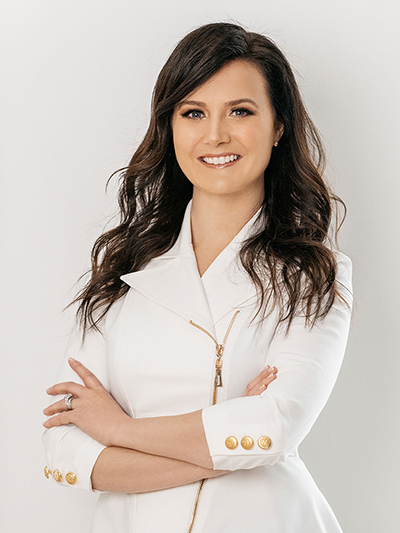| |
ISVA Launches ‘Ask A Sports Vision Expert’ Online Resource
To help athletes, parents, and others interested in learning how improving visual function and skills may help lead to improved performance in the sport(s) they play, the International Sports Vision Association (ISVA) recently launched “Ask A Sports Vision Expert.” Optometrists, athletic trainers, researchers and others with expertise in sports vision assessment and training will respond to questions related to how the visual system can help athletes gain optimal performance in a variety of sports and leisure activities.
“Every sport requires a set of dynamic visual skills that are critical to achieving peak performance, making an athlete’s eyesight one of the most important pieces of equipment they have,” said ISVA advisory board member Melissa Bussey, OD. “Depending on the sport(s) you play, your reliance on those skills may differ.”
| |  | | | Melissa Bussey, OD.
|
Vision care for athletes of all ages and skill levels should begin with the identification of visual factors that potentially contribute to peak performance. “By discovering if any weaknesses lie in these areas, sports vision professionals have an opportunity to help an athlete enhance not only these visual skills, but also the resulting performance,” noted Dr. Bussey.
The “Ask a Sports Vision Expert” feature is provided for educational and informational purposes only and is not a substitute for medical advice, diagnosis or treatment, according to the ISVA. All questions are submitted directly through the website and no names or email addresses are required. Experts will not answer all questions submitted but ISVA will post featured questions at least once a week and then archive all Q&A on a dedicated page on the website. To submit a question, meet the experts and access the archives page, visit https://www.sportsvision.pro/ask-a-sports-vision-expert/.
| |